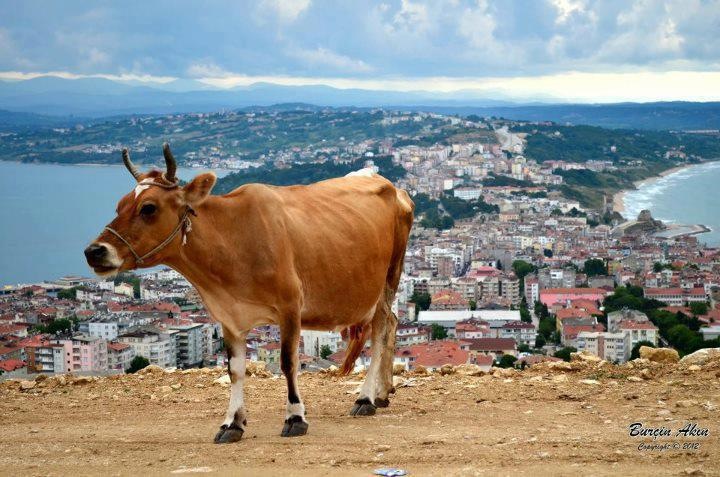About
| 0000-00-00 00:00:00
ANTHROPOGENIC COASTAL ATLAS
The idiom of the arts is not language itself, but to evoke our imagination and appeal to individuals and audiences by sensory experiences.
Artistic research into the hybrid relationship of mankind and man made nature: understanding climate change through innovatory heritage, public appropriations and storytelling.
With the prospect of climate change, rising sea level, dis-balance of salt and fresh water, shifting ecologies and geopolitical strategies, migrations of people and species, pressures of tourism and energy supplies we face major coastal transitions worldwide. Transitions that may lead to conflicts, estrangements, loss of heritage and loss of more informal cultural uses of public coastal space. Understanding these processes involves disclosing new visual narratives, as the vital links for unlocking knowledge and insights of the perception of history (where we come from) and the challenges we face (where we are going).
We live in a globalised world. Shaped through time by exchange. Exchange of sediments and debris, of species - like people, plants and animals - and of cultures and knowledge. Arts and science can express the spatial and social qualities - as well as the problems - of our coastal areas, and make them engagingly accessible to the public. Works of art may act as a strong catalyst in generating public and professional awareness by connecting contemporary research and new works to historic and future scenarios.
Since 2006 artists collective Satellietgroep researches climate change and the human influence on coastal environments in past and present that affect the impact of climate change in present and future. Both tangible and intangible and beyond the abstracts of CO2 reductions or centimeters of sea level rise. Satellietgroep hosts artists in residents for artistic fieldwork in the Netehrlands and abroad, to collaborate with locals and experts and develop new concepts and works that critically explore and visualize the zones of coexistence of mankind and water and reveal different perspectives.
With the grant of Mondriaan Foundation Jacqueline Heerema, curator of Satellietgroep started in 2013 research into the new concept of Innovatory Heritage. Within this concept heritage itself is the actor of processes of transitions and innovations, including the causes and consequenses. Following the dynamics of the concept of Innovatory Heritage Satellietgroep develops the Anthropogenic Coastal Atlas that will focus on interactions between man and nature through time and space. Innovatory Heritage is a new method of storytelling through arts, design and science for broader audiences with new visual narratives of the hybrid relationship of mankind with (manmade) nature, in past present and future. As the world around us is changing, this new approach changes our perception of protective-exclusive heritage into dynamic-inclusive heritage: intended to change!
Awareness rises that in new geological era of the Anthropocene mankind affects the earth like a force of nature "in which many geologically significant conditions and processes are profoundly altered by human activities.” Ecosystems have no boundaries. We need to engage with global issues in order to survive. But how do we make these abstract and large topics relevant and actual in our daily living environment?
The anthropocene influence of mankind may well be closer to our bodies than we suspect. Recently scientist Amalia Kallergi stated that 'this human directed evolution tends to exclude one particular species that is about to be deliberately and radically altered by human activity: humans themselves.’ Actually ‘feeling’ environmental changes is one of our approaches to raise public and professional awareness. We question who is the ‘self' in self sufficiency and feel the need to explore a new idiom as words like ‘sustainability’ tend to focus on 'to sustain', while we need to change in order to be able to invent future scenarios.

International artist in residence exchange projects: Badgast, Stellingname, Now Wakes The Sea, Liminal Labs, Zandmotor and more.
NETHERLANDS
The Dutch coast is no Tabula Rasa.
The Dutch minister Melanie Schulz stated in 2014 that the Dutch coast is our National Heritage. Though the Dutch coastline of 523 kilometers is perceived as a natural landscape mostly consisting of dunes, it is a dynamic man-made cultural landscape. Millennia long interactions between man and nature shaped the Dutch coastline across eras and areas of the marine and maritime history, fishing, shipping and ports, colonies, floods and shipwrecks, fortresses and bunkers, dikes and Zandmotor, permanent or temporary habitation, tourism and our future security and ecology, fresh drinking water, salinization of the soil and new energy supplies. Innovatory coastal heritage is an approach that interconnects coastal transitions in the present with past and future.
North Sea
'Asstrooiveld' (sea field for scattering the ashes of deceased persons) by Eric van Straaten (NL) artist in resdience of Badgast The Hague in 2012.
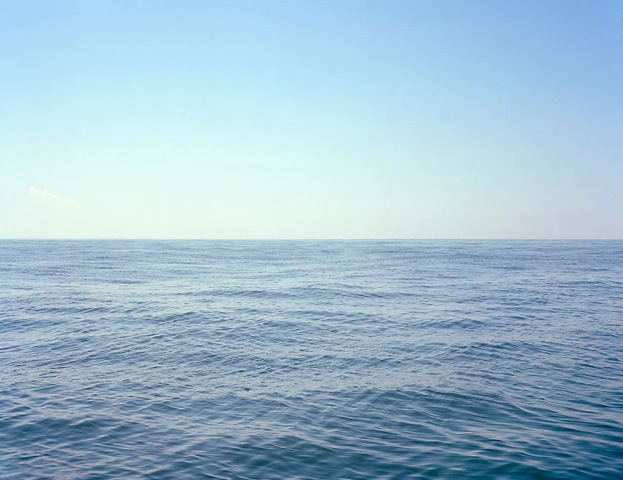
Zandmotor
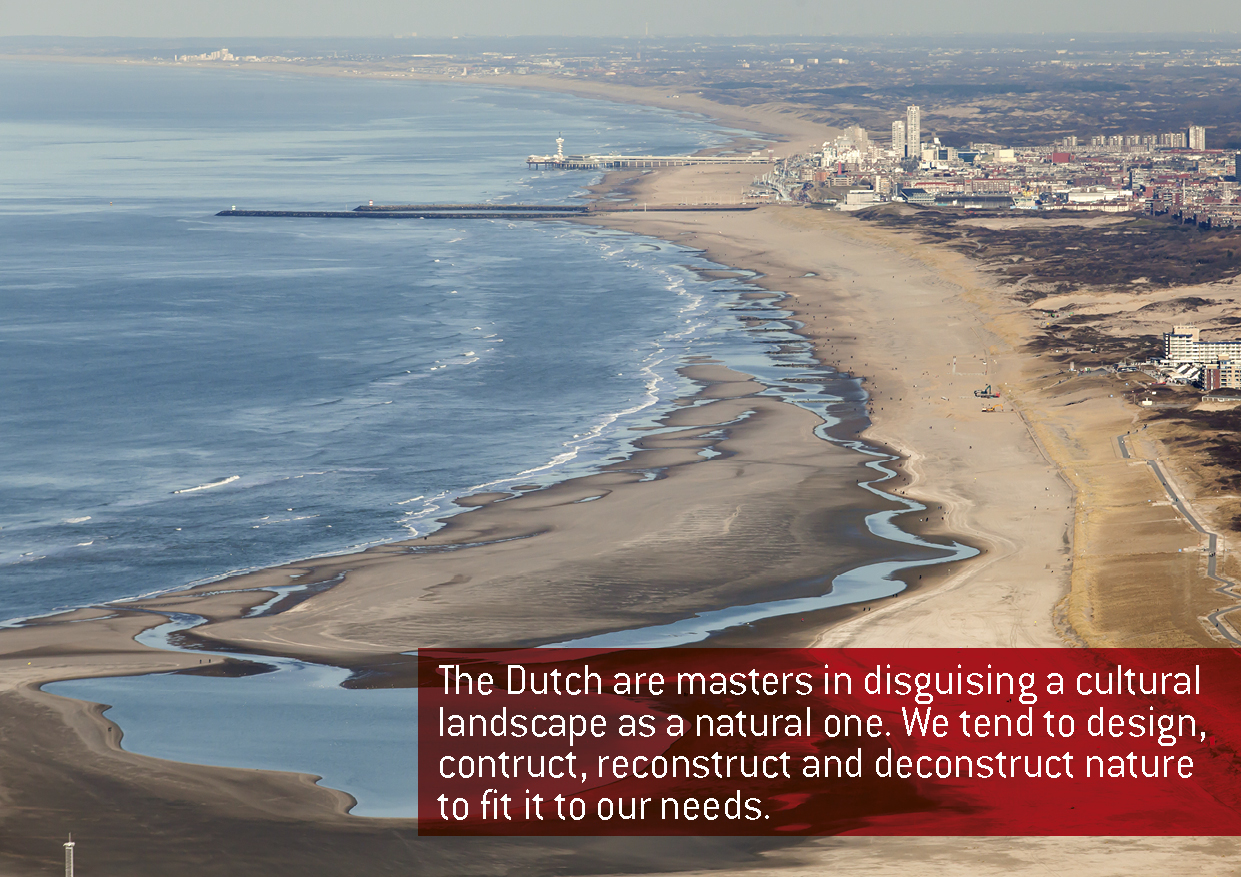
How to impose a natural phenomenon onto the articifial surroundings of the Zandmotor?
Intervention 'Breaking Light' by Berndnaut Smilde, artist in residence Zandmotor in 2015.
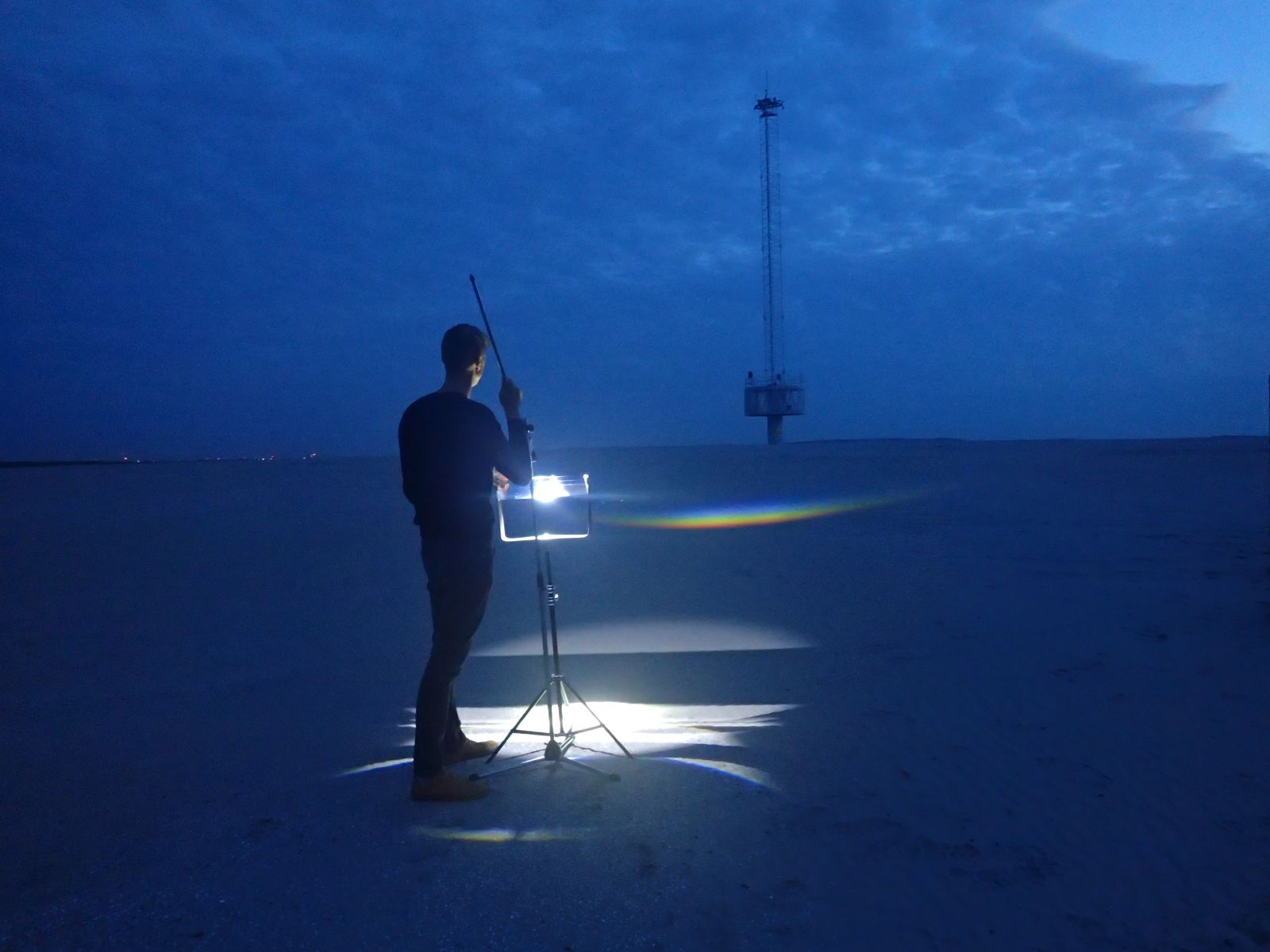
Polders
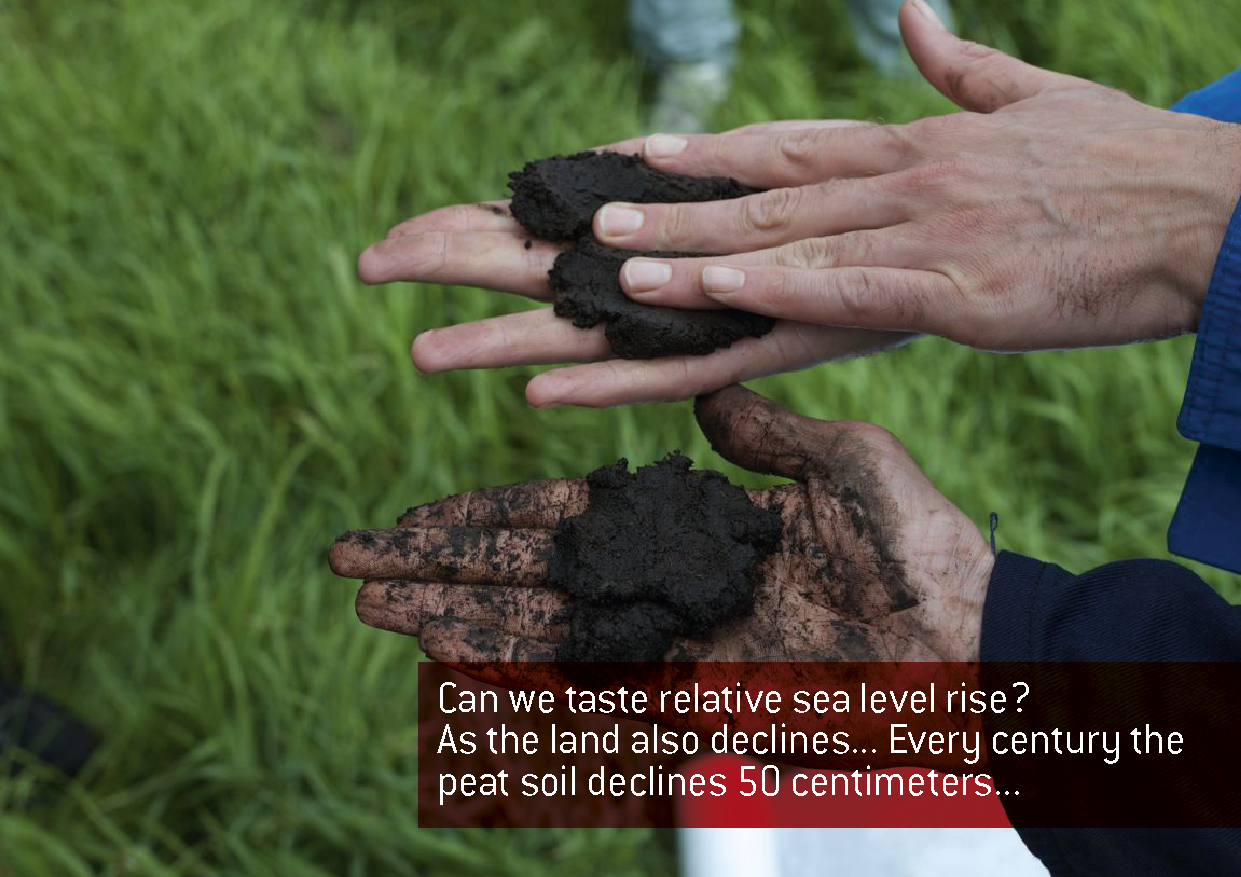
Challenges of the Netherlands: the sea is rising, the land is shrinking, disbalance of salt and sweet water and saline land with rivers too full of empty:
'Sinking into the Landscape' is a reserach project and video work (11:28 min, 2013) by Francois Lombarts (South Africa/NL). Produced during ‘Stellingname – water, land and innovatory heritage’ curated by Satellietgroep for Kunstfort bij Vijfhuizen.
'Sinking into the Landscape' is a voyage through the waters of the Haarlemmermeer polder. In this polder all watercycles of The Netherlands come together. By swimming through the canals, ditches and trenches Lombarts visualizes the physical experience of the polder as an attempt to understand the idea of living below the sea level and being submerged in a water landscape.
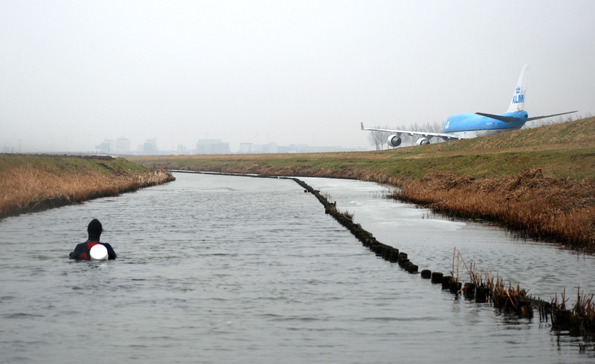
Wadden Islands
NL - BALTIC SEA:
NL - LITHUANIA
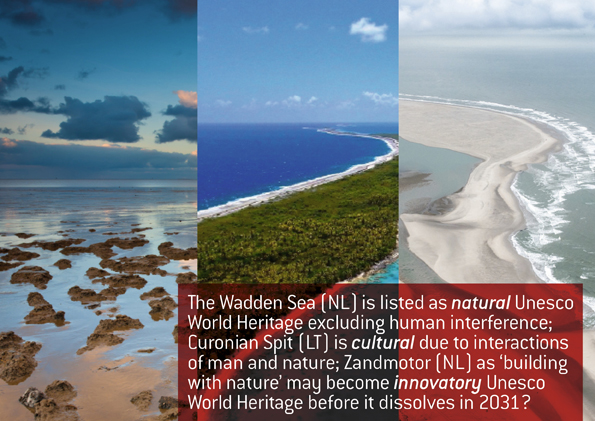
Can we erase the human foot print?
Intervention by Theun Karelse (NL), artist in residency at Nida Art Colony on the Curonian Spit in Lithuania during Inter-Format Symposium 'On Flux of Sand and Aquatic Ecosystems’ at Nida in 2014.
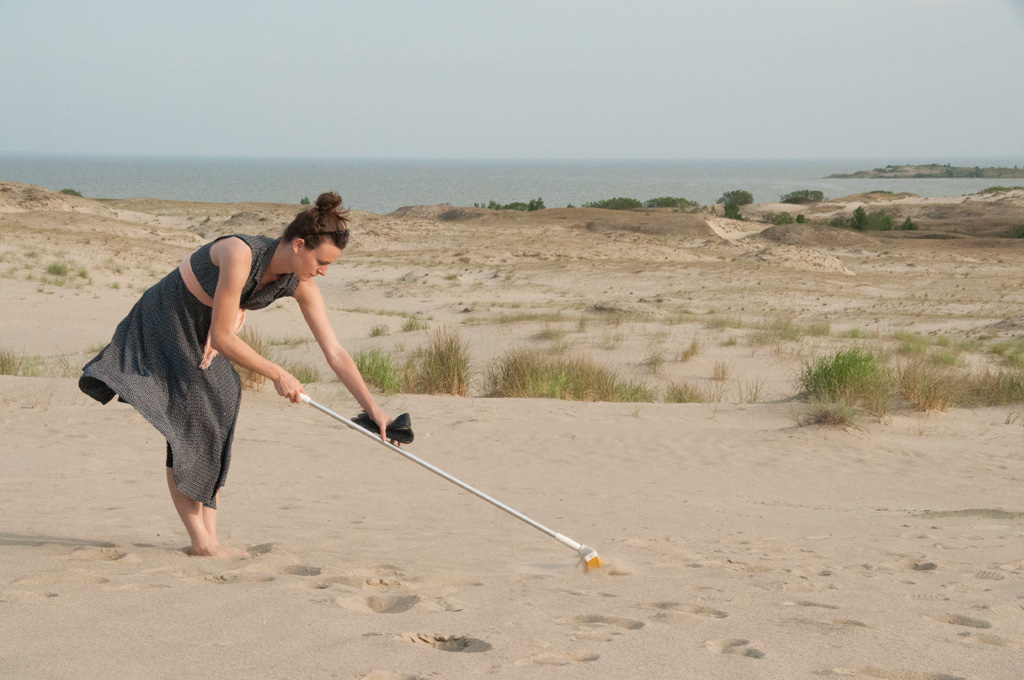
NL - RUSSIA
Videoscript 'Showing a Stuffed Polar Bear What We Found Out About The Arctic' by Maurice Bogaert (NL) artist in residence at Kronstadt, Kotlin Island St Petersburg in 2015 (Arctic and Antarctic Museum of St Petersburg).
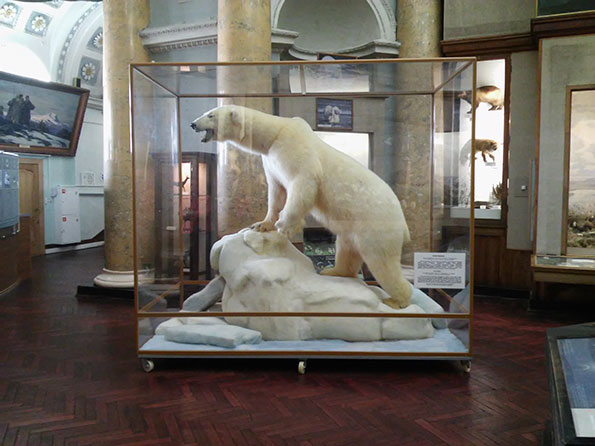
NL - NEW YORK CITY
Satellietgroep (Jacqueline Heerema and Ronald Boer) artists in residence at Governors island in New York in 2015.

Can we taste climate change?
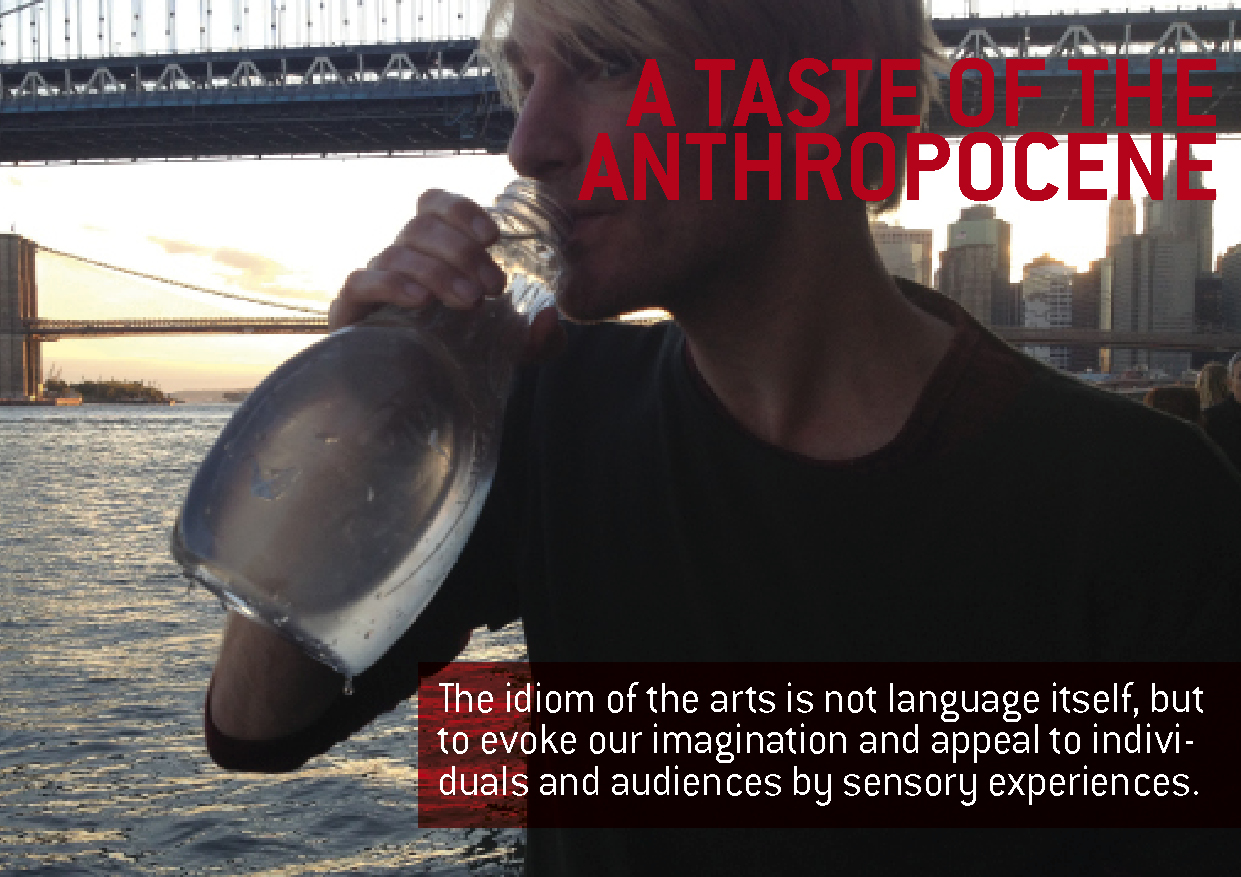
Can we feel sea level rise?
Public performance '36.5 / a long durational performance with the sea' by New York based Sarah Cameron Sunde, artist in residence at Zandmotor in 2015.
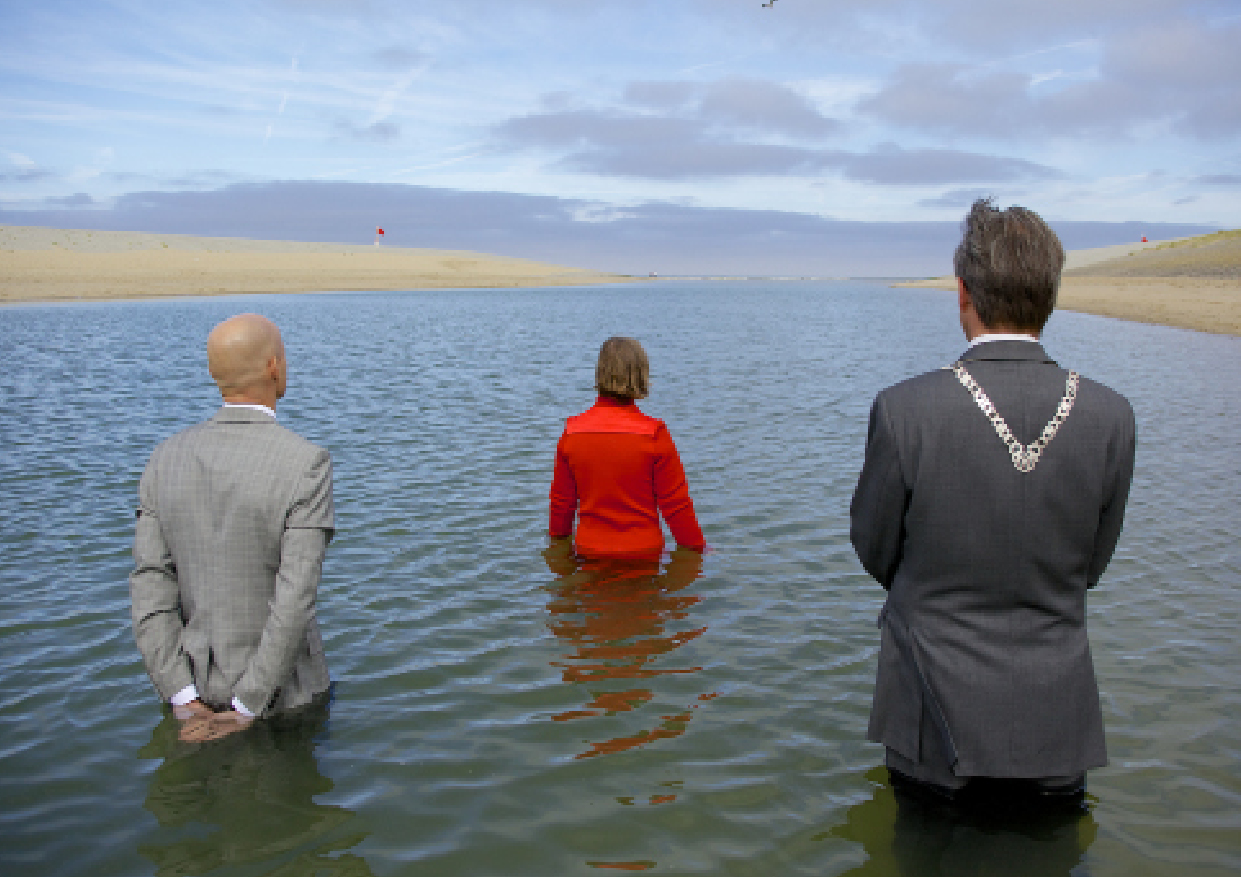
NL - JAPAN
Installation 'Current washes ashore' (2013): found objects, sea sand, seawater, rainwater and photography, with debris and a kite flying the Japanese Tsunami height at 21.1 m at Scheveningen by Nishiko and Sachi Myachi, artist in residents at Badgast in The Hague, NL in 2013. Collaboration between 'The scope in the swell waves' by Sachi Miyachi and 'Repairing earthquake project, third phase' by Nishiko.
Starting from the earthquake and the tsunami disaster in Japan in 2011, Nishiko and Sachi encountered the threatening side of the sea. This aspect of the sea is also deeply rooted in the history in the Netherlands (the flood in 1953, delta project and so forth). Following the news of tsunami debris traveling from Japan to the North American Atlantic's west coast, they also encountered the issue of microplastics that is threatening the oceans.
The work reflects the way substances circulate in the sea and how small particles in the sea can have an immense environmental impact as a whole.
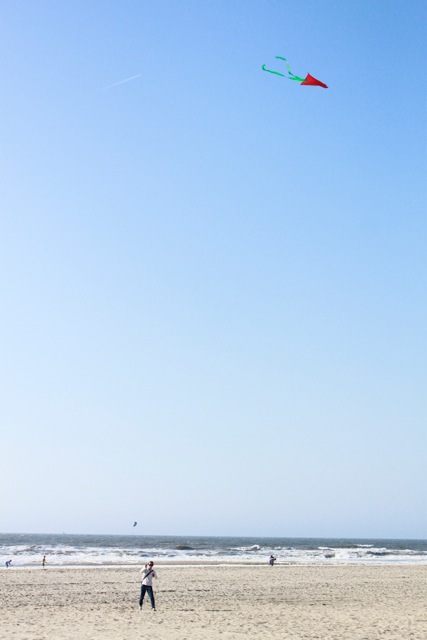
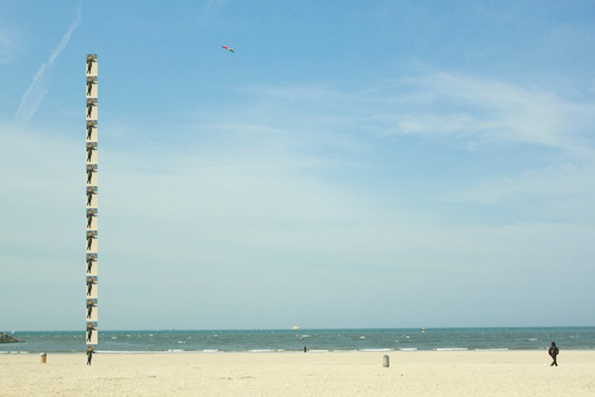

NL - BLACK SEA:
NL - MOLDOVA
Can we messure free coastal access?
Artwork 'The lost sea' by Tatiana Fiodorova (MD) artist in residence at Badgast in The Hague, NL in 2013. Photo: Jhoeko.
Starting from childhood memories during the USSR, Moldovan artist Tatiana Fiodorova experienced free access to the Black Sea coast. After the collapse of the Soviet Union in 1991, Moldova lost its sea. You now need a passport/visa to cross borders and once at the Ukraine Black Sea shore the beach is cut up in plots of private ownership. Therefore it is no longer possible to take long hikes along the shore following the continuity of the coast. During her residency at Badgast on the shore of the North Sea Tatiane reconnected with her memories of free coastal access and decided to reconstruct this quality into a performance. She measured and collected with tape the sand that stretches from boulevard to shoreline, from harbor to the Pier. The outcome are rolls of tape showing the length of the long stretches of space where you can freely move along the beach. These compressed rolls of measurement reveal the vulnerability of the precious coastal pubic access. Her confronting collection of measurements reflects the negotiations between the pressures on public and private ownership of coastal space.
Scheveningen is in fact the most regulated public space you can imagine, but within the margins of rules and restrictions the presumption of mental and physical space is kept alive.
'The Lost Sea' by Fiodorova connects to previous Badgast projects about lack, longing and presumption of public coastal space by David Horvitz (Public Access), James Geurts (Drawing Horizon) and Francois Lombarts (Zandbar). Recently while reconstructing the boulevard the dikes and harbor head of Scheveningen are covered with sand and grass to make them appear as natural dunes. It is Disneyfication of the Dutch shores, but do we prefer to live in a make belief world?
.jpg)
NL - GEORGIA
Videowork 'Little Dubai' by Astrid Bussink (NL) artist in residence in Batumi, Georgia in 2013. Still from video.

NL - TURKEY
